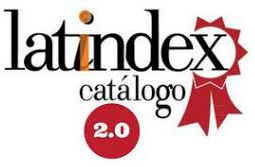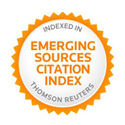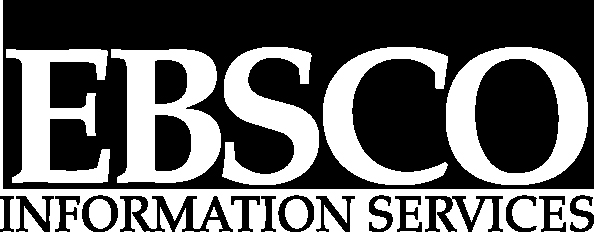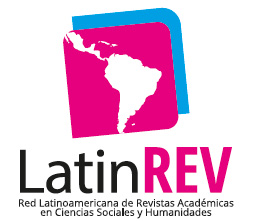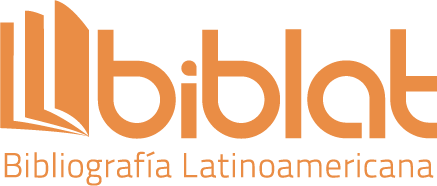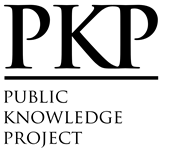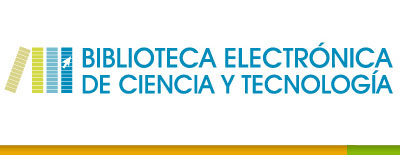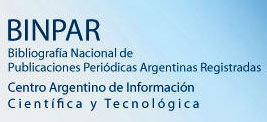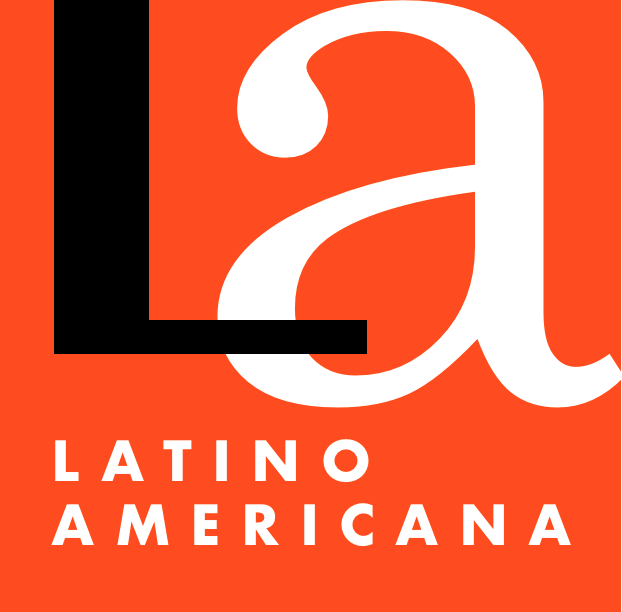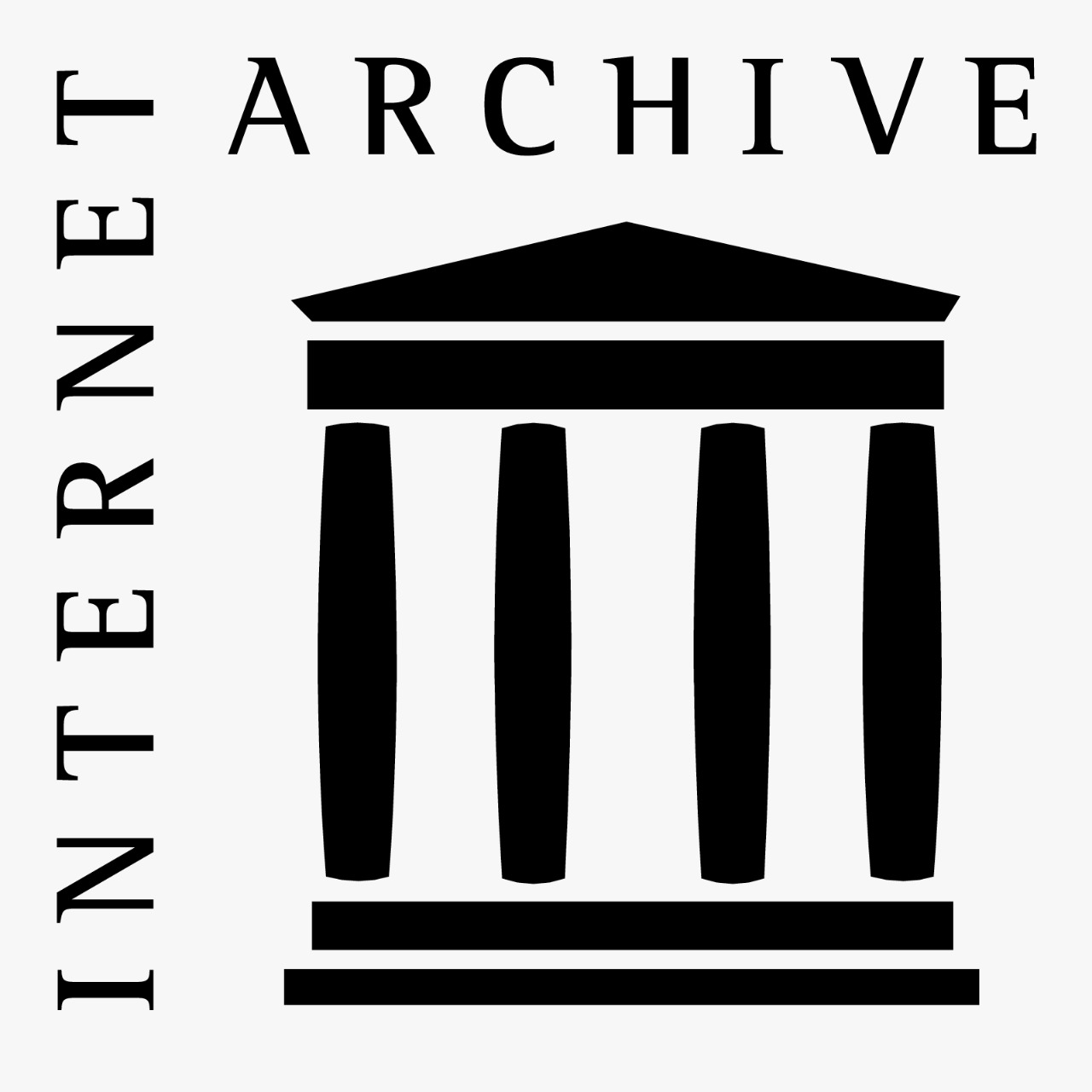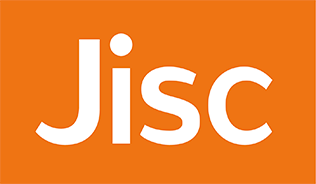As regras do “novo poder de influência”
Uma análise das estratégias de think tanks globais desde uma perspectiva comunicativa
Resumo
Os think tanks tem nascido para influir e conseguir que suas ideias sejam adotadas por decisores e públicos. Interessa-lhes tanto gerar climas de opinião quanto ter impacto nos processos de decisão política. A eficácia da influencia está intimamente unida à comunicação, e a comunicação tem sofrido uma mudança substancial: da informação estratégica de ‘posicionamento unilateral de ideias’ se está evolucionando para uma abordagem de ‘geração conjunta de ideias’, na que resulta crucial a participação de outros atores sociais para que a comunicação seja efetiva. O objeto da pesquisa é, precisamente, examinar se as estratégias de comunicação que habitualmente desenvolvem alguns dos think tanks com maior prestígio para difundir suas ideias seguem as novas pautas da comunicação estratégica, determinadas pela participação e a colaboração. O presente trabalho afirma que a influência seria mais efetiva se reunisse as seguintes condições: a) se a influência é entendida como comunicação em um contexto de liberdade; b) se a capacidade de influir se baseia no prestígio da instituição; c) se se interage com públicos diversos; d) se se fomenta a participação e a colaboração na elaboração e difusão de conteúdo. Baseando-se em entrevistas em profundidade realizadas a diretivos e gestores de comunicação de uma seleção de think tanks de alcance global localizados em Washington DC, o estudo pretende recuperar a voz dos próprios interessados para o debate académico. O resultado da pesquisa assinala um diferente comportamiento dependendo do público ao que o think tank se dirige.
Downloads
Referências
Abelson, D. E. (2009). Do think tanks matter? Assessing the impact of public policy institutes. 2nd ed. Montreal & Kingston: McGill-Queen’s University Press.
Aberbach, J. F. & Rockman, B. A. (2002). Conducting and coding élite interviews. PS: Political Science and Politics, 35(4), 673–676.
Barry, B. (2001). Influence in Organizations from a Social Expectancy Perspective. En Lee-Chai, A.Y. &
Bargh, J. A. (eds.). The Use and Abuse of Power (pp. 19-40). Philadelphia, Penn.: Psychology Press.
Beamer, G. (2002). Élite interviews and state politics research. State Politics & Policy Quarterly, 2(1), 86-96.
Beckmann, M. N. y Hall, R. L. (2013). Elite Interviewing in Washington DC. En Layna M. (ed.). Interview Research in Political Science (pp. 196-208). Ithaca: Cornell University Press.
Berry, J. M. (2015). Lobbying for the people. 2nd ed. New Jersey, NJ: Princeton Legacy Library.
Bruning, S. D., y Ledingham, J. A. (1999). Relationships between organizations and publics: Development of a multi-dimensional organization–public relationship scale. Public Relations Review, 25(2), 157–170.
Bruning, S. D., y Ledingham, J. A. (2000a). Perceptions of relationships and evaluations of satisfaction: An exploration of interaction. Public Relations Review, 26(1), 85–95.
Bruning, S. D., y Ledingham, J. A. (2000b). Organization and key public relationships: Testing the influence of the relationship dimensions in a businessto-business context. En J. A. Ledingham, & S. D. Bruning (eds.), Public relations as relationship management: A relational approach to public relations (pp. 158-173). Mahwah, NJ: Lawrence Erlbaum Associates, Inc.
Cova, B., y Cova, V. (2002). Tribal marketing: The tribalisation of society and its impact on the conduct of marketing. European Journal of Marketing, 36(5/6), 595–620.
Cullbertson, H. N. y Chen, N. (eds.). (1996). International Public Relations: A Comparative Analysis. Mahwah, NJ: Lawrence Erlbaum.
Cutlip, S. M., Center, A. H., y Broom, G. M. (1995). Effective public relations. Upper Saddle River, NJ: Prentice Hall.
De Bussy, N. M. (2010). Dialogue as a basis for stakeholder engagement. En Heath, R. The SAGE Handbook of Public Relations. Thousand Oaks: SAGE.
Dunham, L., Freeman, J. y Liedka, R. E. (2006). Enhancing stakeholder practice: A particularized exploration of community. Business Ethics Quarterly, 16(1), 23-42.
Edwards, M. (1999). International Development NGOs: Agents of Foreign Aid or Vehicles of International Cooperation? Non‐Profit and Voluntary Sector Quarterly, 28, 25‐37.
Hames, T. y Feasey, R. (1994). Anglo-american think tanks under Reagan and Tatcher. En Adonis, A. y
Hames, T. (eds.). A conservative revolution? The Tatcher-Reagan decade in perspective (pp. 215-237). Manchester: Manchester University Press.
Harvey, W. S. (2011). Strategies for conducting élite interviews. Qualitative Research, 11(4): 431–441.
Hayden, C. (2012). The Rhetoric of Soft Power. Nueva York: Lexington Books.
Hocking, B.; Melissen, J.; Riordan, S. y Sharp, P. (2012). Futures for diplomacy. The Hague: Clingendael Netherlands Institute of International Relations.
Johnson, J. D. (1993). Organizational Communication Structure. Norwood, NJ: Ablex.
Johnson-Cartee, K. S. y Copeland, G. A., (2004). Strategic Political Communication. Rethinking Social Influence, Persuasion, and Propaganda. Oxford: Rowman & Littlefield.
Jowett, G. S. y O’Donnell, V, (1992). Propaganda and Persuasion. Newbury Park, CA: SAGE.
Keck, M. E. y Sikkink, K. (1998). Activists beyond Borders: Advocacy Networks in International Politics. Ithaca, NY: Cornell University Press.
Ki, E., y Hon, L. C. (2007). Testing the linkages among the organization–public relationship and attitude and behavioral intentions. Journal of Public Relations Research, 19, 1–23.
La Porte, T. (2012a). The Legitimacy and Effectiveness of Non‐State Actors and the Public Diplomacy Concept. Trabajo presentado en ISA Annual Convention, San Diego, abril de2012.
La Porte, T. (2012b). The Impact of “Intermestic” Non-State Actors on the Conceptual Framework of Public Diplomacy. The Hague Journal of Diplomacy 7, 445-463.
Laswell, H. D. y Kaplan, A. (1950). Power and Society. A Framework for Political Inquiry. New Haven, Conn.: Yale University Press.
Ledingham, J. A. (2003). Explicating relationship management as a general theory of public relations. Journal of Public Relations Research, 15(2), 181–198.
Leeper, R. V. (2005). Communitarianism. En Heath, R. (ed.). Encyclopedia of public relations (pp. 168-171). Thousand Oaks, CA: Sage.
Lipton, E., Williams B. y Confessore, N. (6/9/2014). Foreign Powers Buy Influence at Think Tanks. The New York Times. Recuperado de https://www.nytimes.com/2014/09/07/us/politics/foreign-powers-buy-influence-at-think-tanks.html.
McGann, J. G. y Weaver, K. (eds.) (2000). Think tanks & civil societies: catalysts for ideas and action. New Brunswick, N.J.; Londres: Transaction Publishers.
McGann, J. G. (2013). Global Go to Think tank Index Report. Think tanks and Civil Societies Program International Relations Program. University of Pennsylvania.
McQuail, D. (1994). Mass Communication Theory: An Introduction. Londres: SAGE.
Mokken, R. J. y Stokman, F.N. (1975). Power and Influence as Political Phenomena. En Barry, B. (ed.). Power and Political Theory. Some European Perspectives (pp. 33-54). Londres: John Wiley.
Melissen, J. (2205). The new public diplomacy: soft power in international relations. Londres: Palgrave-McMillan.
Montobbio, M. (2013). La geopolítica del pensamiento. Think tanks y política exterior. Barcelona: CIDOB. Real Instituto Elcano.
Naím, M (2013). El fin del poder. Barcelona: Debate.
Neff, B. D. (2013). Community relations. En Heath, R. L (ed.), Encyclopedia of public relations (pp. 169-172). Thousand Oaks, CA: Sage.
Newsom, D., Turk, J. V. y Kruckeberg, D. (2013). This is PR: The realities of public relations. Boston, MA: Wadsworth, Cengage Learning.
Nye, J. (2004). Soft Power. NuevaYork: Public Affairs.
Penaloza, L., y Venkatesh, A. (2006). Further evolving the new dominant logic of marketing: from services to the social construction of markets. Marketing theory, 6(3), 299–316.
Rich, A. y Weaver, K. (2000). Think tanks in the US Media. The International Journal of Press/Politics, 5(4), 81-103.
Rich, A. (2004). Think tanks, public policy, and the politics of expertise. Cambridge: Cambridge University Press.
Riordan, S. (2004). Dialogue Based Public Diplomacy. The Hague: Clingendael Netherlands Institute of International Relations.
Rogers, E. M. (1973). Mass media and interpersonal communication. En Sola, I., Frey, F., Schramm, W., Maccoby, N., Parker, E. Handbook of Communication (pp. 290-310). Chicago: Rand McNally.
Sanders, K. (2009). Communicating Politics in the Twenty-First Century. Palgrave-MacMillan.
Schultz, M., Antorini, Y. M., y Csaba, F. F. (2005). Corporate branding: Purpose/people/process: Towards the second wave of corporate branding. Copenhagen, DK: Copenhagen Business School Press.
Silverman, D. (2001). Interpreting Qualitative Data: Methods for Analysing Talk, Text and Interaction, Londres: SAGE.
Smith, J. A. (1991). The Idea Brokers: Think tanks and the Rise of the New Policy Elite. Nueva York: The Free Press.
Srivastava, P. y Hopwood, N. (2009). A practical iterative framework for qualitative data analysis. International Journal of Qualitative Methods, 8(1), 76-84.
Stone, D. (2000). Private Authority, scholarly legitimacy and political credibility. En Higgot, R. A, Underhill, G. R. D y Bieler, A (eds.). Non-State Actors and Authority in the Global System (pp. 211-225). Londres y Nueva York: Routledge.
Stone, D. y Denham, A. (eds.) (2004). Think tank traditions: policy research and the politics of ideas. Manchester: Manchester University Press; Nueva York: Palgrave.
Stone, D. (2001). The “policy research” knowledge elite and global policy processes. En Josselin, D. y Wallace, W. (eds.). Non-state Actors in World Politics (pp. 113-129). Nueva York: Palgrave.
Tuch, H.N. (1990). Communicating in the world: US public diplomacy overseas. Nueva York, NY. St Martin’s.
Van Ham, P. (2010). Social Power in International Politics. Nueva York: Routledge.
Vujnovic, M., y Kruckeberg, D. (2010). The local, national, and global challenges of public relations: A call for an anthropological approach to practicing public relations. En Heath, R. L. (ed.). Handbook of public relations (pp. 671-678). Thousand Oaks, CA: Sage Publications Inc.
Welsh, J. y Fearn, D. (2008). Engagement. Public Diplomacy in a Globalized World. Foreign and Commonwealth Office.
Zimmerling, R. (2005). Influence and Power. Variations on a Messy Theme. Dordrecht: Springer.
Copyright (c) 2019 Teresa La Porte

This work is licensed under a Creative Commons Attribution-NonCommercial 4.0 International License.
Os autores detêm os direitos autorais e garantem à revista o direito de ser a primeira publicação do trabalho. Caso uma tradução do artigo já publicado na Austral Comunicación possa ser publicada em outra revista, solicita-se registrar a publicação original na versão traduzida.
A licença utilizada é CC BY-NC-SA, que permite compartilhar (copiar e redistribuir o material em qualquer meio e formato) e adaptar (remixar, transformar e construir sobre o material) nos seguintes termos: atribuição (reconhecer a autoria) e não comercial (o material não pode ser usado para fins comerciais). Atualização: 1 de fevereiro de 2022.
A Austral Comunicación permite ao (s) autor (es) reter os direitos de publicação sem restrições.








